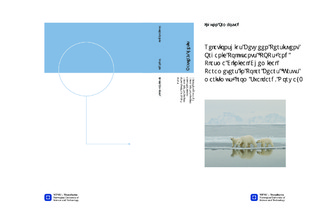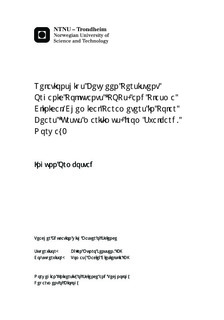| dc.description.abstract | In the present study, clinical-chemical parameters in relationship to persistent organic pollutants (POPs) were investigated in plasma samples from polar bears (Ursus maritimus) captured at Svalbard in 2007. The clinical-chemical parameters examined were: hematocrit (HCT), hemoglobin (HB), aspartate aminotransferase (ASAT), alanine aminotransferase (ALAT), γ-glutamyltransferase (GGT), creatine kinase (CK), triglycerides (TG), cholesterol (CHOL), high-density lipoprotein (HDLP), creatinine (CREA), urea, and potassium (K). Altered homeostasis of clinical-chemical parameters in plasma may indicate impact on liver, kidney, heart, muscle, bone, metabolism or the endocrine system. Of the twelve clinical-chemical parameters examined in this study, significant association to POPs were found in seven parameters in female polar bears, whereas eight parameters were found in male polar bears. The results indicate that different POPs may exhibit toxic effect to different organs of polar bears. Liver toxicity was indicated by a decrease of hematologic parameters (HCT and HB), a decrease of liver enzymes (ASAT and GGT), and an elevation of metabolites (TG, CHOL, and HDLP) in relation to contaminant concentrations. Further, kidney toxicity was indicated by a decrease of CREA concentrations in relation to contaminant-concentrations, and muscle toxicity by a decrease in CK concentrations in relation to contaminant-concentrations. Continuous exposure to contaminants may therefore result in decreased renal, hepatic, and muscular functions. It is possible that these POP-associated effects may reduce the fitness and survival of polar bears. The results also indicate that clinical-chemical parameters in plasma can be applied as a non-invasive biomarker for toxicity to organs and metabolic homeostasis caused by exposure to POPs in polar bear. Because of the fast response to environmental factors, including POPs, these biomarkers can be used to measure an effect at an early stage, as well as at low exposure concentrations. However, the present study was not designed to evaluate the relationship between cause and effect, and it is important to take into consideration other factors that can affect clinical-chemical parameters when interpreting the results. | nb_NO |

